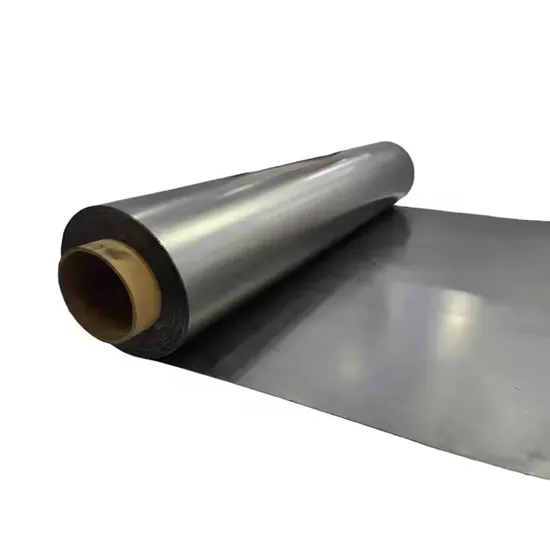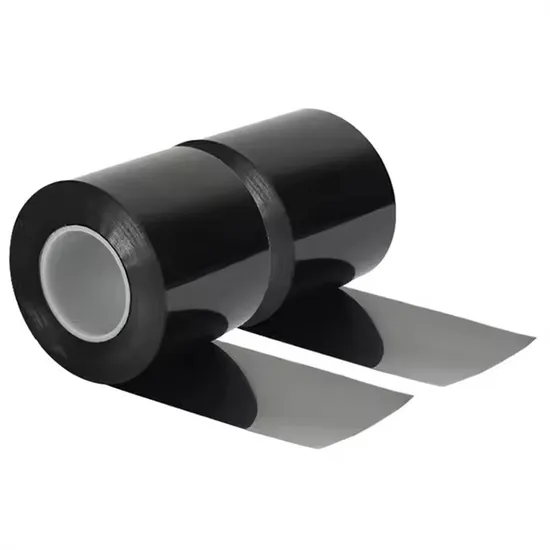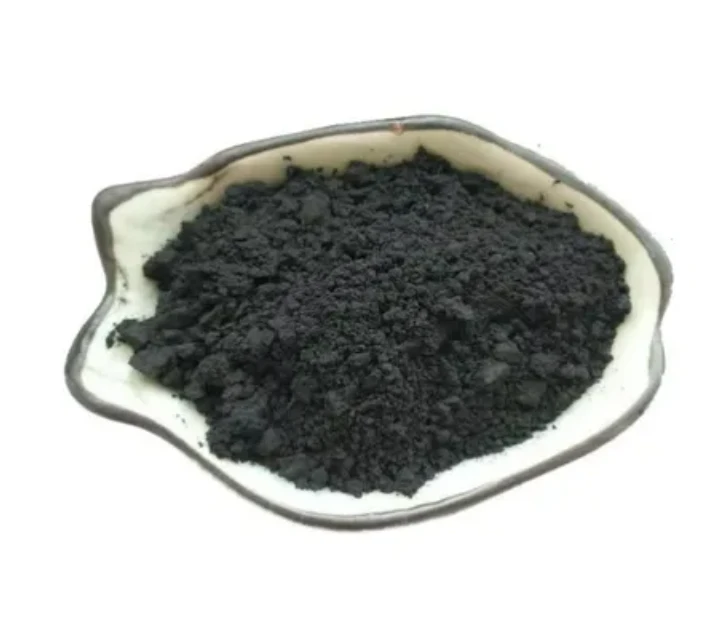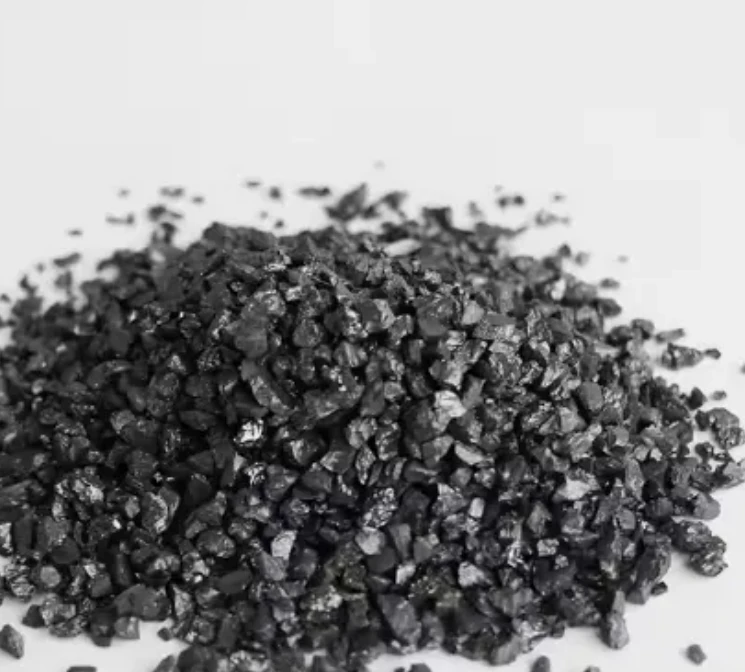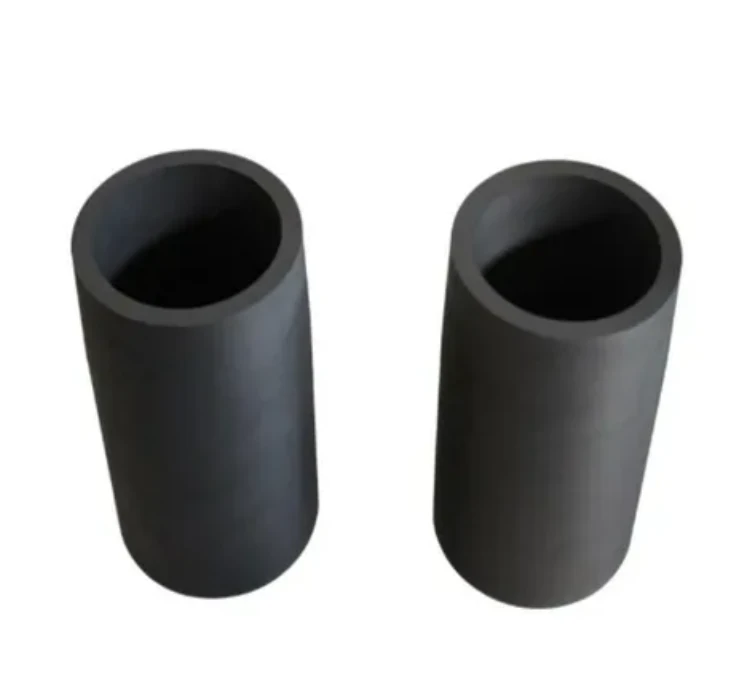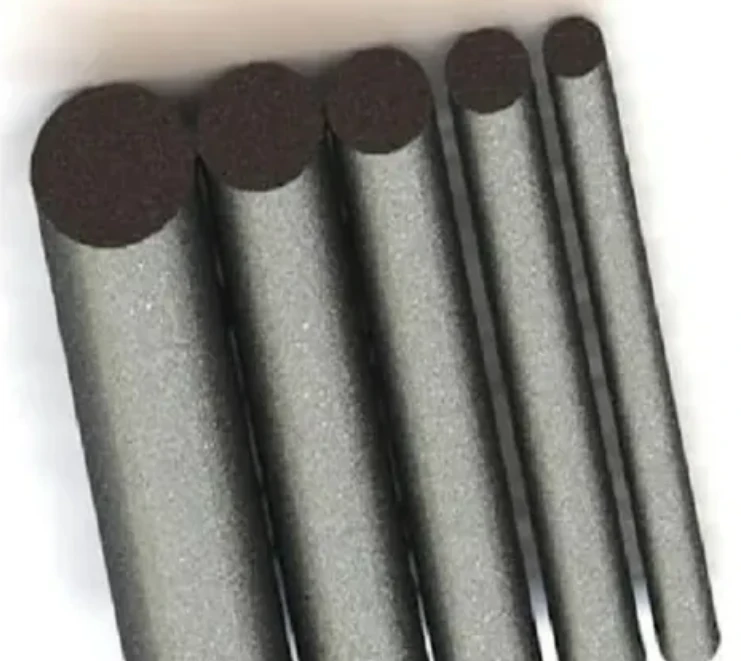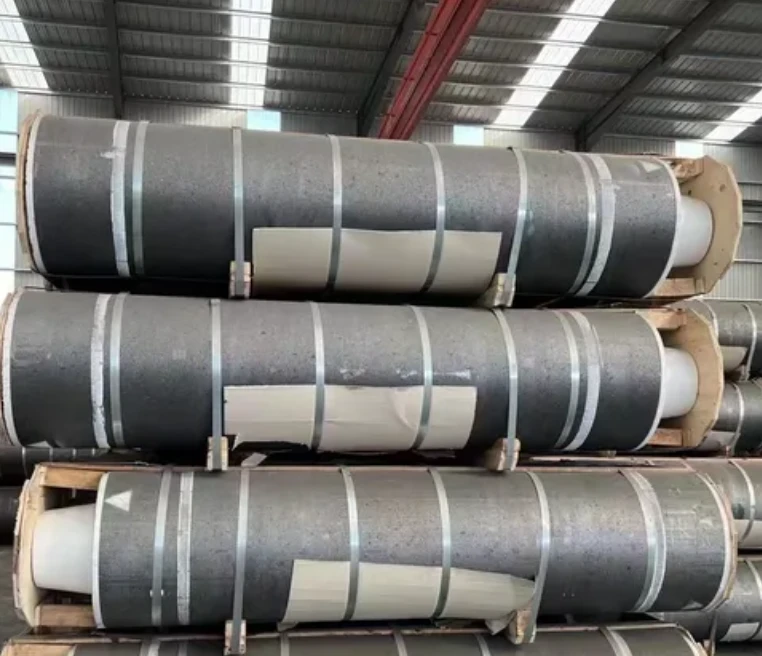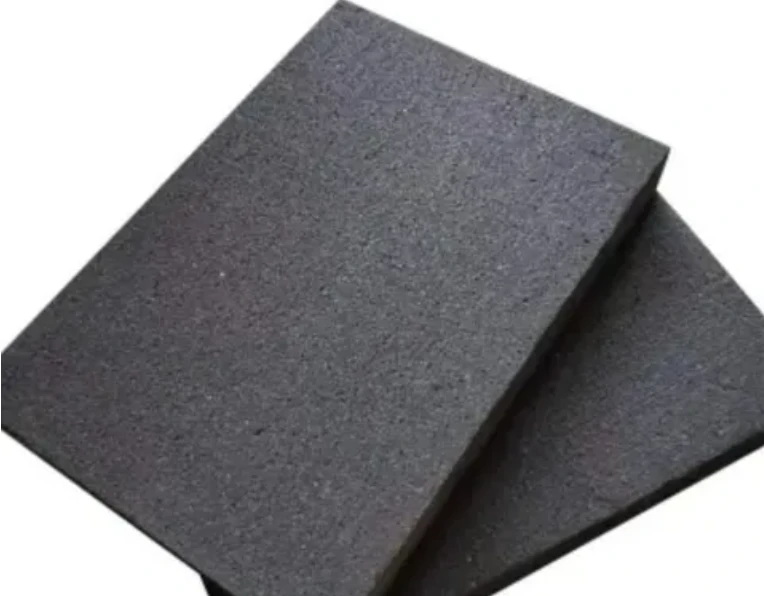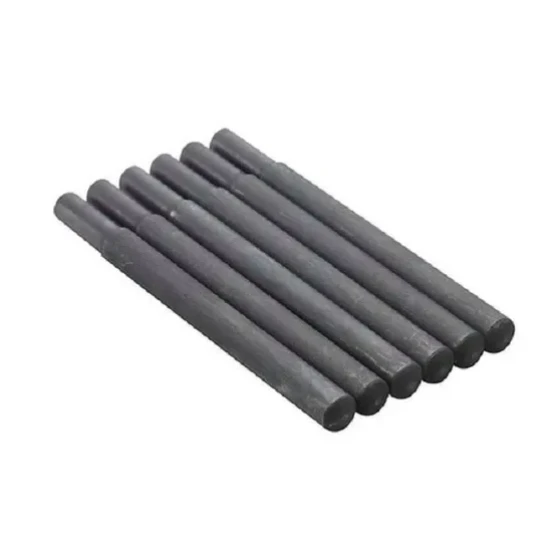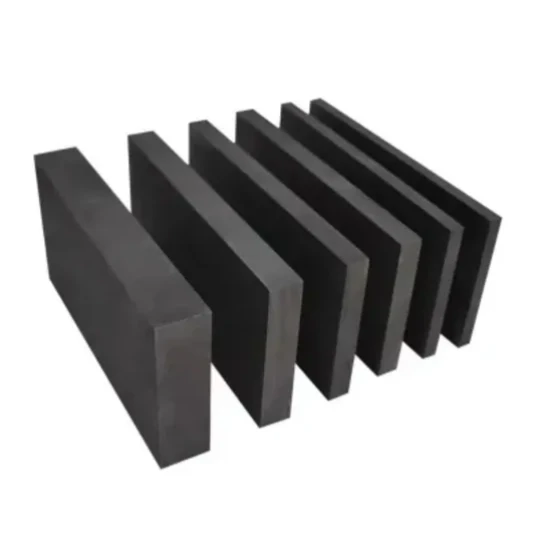- Englist


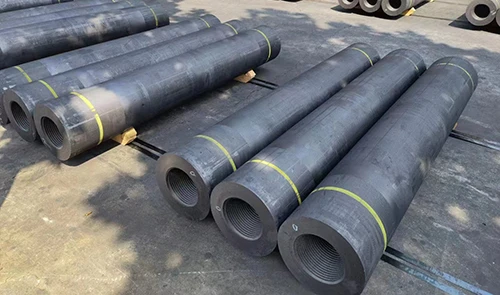
- Introduction: Importance and process of curing a graphite crucible
- Understanding Graphite Crucible Material Properties
- Technical Advantages of Proper Curing
- Global Manufacturer Comparison: China vs. Others
- Customized Solutions in Graphite Crucible Production
- Application Cases: Real-World Performance Boosts
- Conclusion: Achieving Superior Results by Curing a Graphite Crucible

(curing a graphite crucible)
Introduction: The Essential Steps for Curing a Graphite Crucible
Curing a graphite crucible is fundamentally important for enhancing its durability, thermal efficiency, and performance in high-temperature industrial applications. Manufacturers and end-users who invest in premium graphite crucibles often overlook the vital step of curing, which can extend the crucible's service life by up to 30% according to industry reports. The process involves controlled temperature ramping to remove moisture, stabilize the material, and optimize subsequent tempering effects. Failing to cure a crucible adequately can lead to premature cracking, poor thermal conductivity, and higher replacement costs. This blog provides a comprehensive outlook on the science, competitive landscape, customization, and real-world implications of curing a graphite crucible, enabling users to make informed choices for their particular needs.
Graphite Crucible Material Properties
Graphite crucibles are engineered from a composite of flake graphite, clay, and refractory materials, giving them unique properties such as high thermal resistance, low porosity, and chemical inertness. The ability to withstand temperatures up to 1800°C makes graphite a preferred choice for metal processing, glass production, and laboratory research settings. Graphite sourced from China accounts for approximately 65% of worldwide production, driving global innovation. Key physical properties to consider before tempering a graphite crucible include:
- Bulk density (1.7 - 1.85 g/cm³)
- Thermal conductivity (25 - 120 W/m·K)
- Open porosity (<20%)
- Flexural strength (8 - 16 MPa)
Technical Advantages of Proper Curing
Tempering and curing steps unlock the full performance potential of a graphite crucible. Proper curing reduces volatile components, ensures even distribution of carbon matrix, and mitigates the risk of thermal shock. According to a 2022 study by the Industrial Materials Group, crucibles that undergo standardized curing procedures demonstrate:
- Decreased crack initiation by 40%
- Improved heat-up rate by 20–35%
- Reduction in metal contamination during melts by 15%
- Increased cycle life (average 70–150 cycles vs. uncured 50–80 cycles)
Global Manufacturer Comparison: China vs. Others
The global graphite crucible market is dominated by China, Germany, India, and the United States. Sourcing strategies, curing protocols, and quality certifications differ widely among manufacturers. Here is a comparative data table focusing on three key players:
| Parameter | China (Top 3 brands) | Germany (Brand X) | USA (Brand Y) |
|---|---|---|---|
| Average Density (g/cm³) | 1.80 | 1.85 | 1.83 |
| Standard Curing Time (hrs) | 5 | 6 | 6 |
| Temperature Tolerance (°C) | 1650 | 1700 | 1680 |
| Cycle Life (avg.) | 110 | 120 | 100 |
| Price (USD/Unit) | 28–45 | 51–72 | 60–80 |
| Pre-cured Option Available | Partial | Yes | No |
Chinese manufacturers provide a compelling balance between cost and engineered quality, often including partial pre-curing at the plant. German brands, though more expensive, offer higher density and robust certifications, while U.S. brands are favored for specialized applications. Selecting a supplier should consider curing a graphite crucible protocol compliance as a key procurement criterion.
Customized Solutions in Graphite Crucible Production
Advanced industrial sectors, such as aerospace, photovoltaic, and precision casting, increasingly demand customized graphite crucibles with specific dimensions, coatings, and performance profiles. Approximately 22% of orders from graphite crucible China plants in 2023 fell into custom or semi-custom categories. Customization options include:
- Size and shape tailoring (±1 mm tolerances)
- Protective surface treatments (boron nitride, SiC coatings)
- Material purity adjustment (ultra-low ash content <0.1%)
- Application-specific curing and seasoning protocols
- Integrated temperature sensors or RFID tags for smart process control
Application Cases: Real-World Performance Boosts
Several industry case studies highlight the tangible benefits of meticulous curing and tempering:
- Aluminum Die Casting: A Southeast Asian foundry reported a 25% increase in crucible lifespan when shifting from uncured to manufacturer-tempered graphite crucibles, reducing annual replacements from 160 to 120 units.
- Laboratory Metal Analysis: A European metallurgy institute observed that pre-cured crucibles minimized sample contamination, reducing outlier data by 18% and boosting result reliability for high-precision experiments.
- Precious Metal Refining: North American refiners noted a halving of downtime due to thermal fracture incidents after transitioning to rigorous curing procedures, with process yields up to 98.7%.
- Semiconductor Fabrication: A noted increase in thermal uniformity (by 14%) in zone-refining processes was measured when using pre-cured graphite vessels, reducing wafer defects.
Conclusion: Achieving Superior Results by Curing a Graphite Crucible
To maximize operational efficiency, extend equipment life, and minimize costs, precise curing a graphite crucible procedures must become a core element of any process reliant on high-temperature crucible technology. With verified technical advantages, a clear global supplier comparison, and bespoke adaptation possibilities, investing in the right curing and tempering steps generates measurable performance and economic gains. For those sourcing graphite crucibles—particularly from China, the world’s leading supplier—insisting on documented curing practices is paramount to ensuring unmatched reliability and value.

(curing a graphite crucible)





 Pervious
Pervious
 Next
Next
